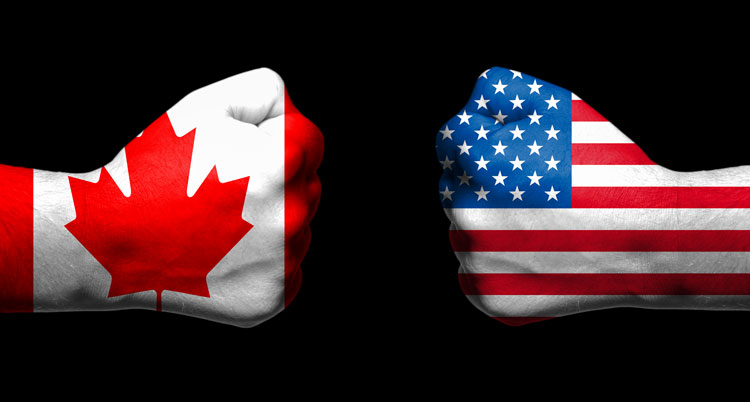
The last five years have caused Class VII to become a well-recognized term in the United States. The Canadian ingredients distinction reclassified the price of milk in Canada to match that country’s powder price to the lowest price in the European Union or the United States.
“There was really some encouragement when the new United States-Mexico-Canada Agreement (USMCA) came, CUSMA as they call it in Canada,” explained Cayuga Milk Ingredient’s Kevin Ellis. “They are getting rid of Class VI and VII, but the caveat is that they are retaining a certain formulation calculation to price ingredient class milk that will go into skim milk powder, infant formula, or milk protein concentrates.
“Lo and behold, when you read the new USMCA, the agricultural section, that formula is Class VII. They just won’t call it Class VII. So, Class VII was gotten rid of but is still left in principle,” said the one-time dairy nutritionist and loan officer on the July 22 Hoard’s Dairyman DairyLivestream.
According to Ellis, the new USMCA was a virtual wash in terms of trade with Canada. Here are a few of the things he recommended being aware of in relation to the changes and non-changes of Canadian trade.
“One of the things that got put into the USMCA is export limitations on milk powder concentrates, skim milk powder, and infant formula,” Ellis explained. “A year from July 31, that limit is going to go to 55,000 metric tons; a year from then, it will go to go to 35,000 metric tons.”
Although these limits will apply to milk protein concentrates, they don’t cover the export code for high-grade, high-protein concentrates that exceed protein levels of 85%. These high-protein milk concentrates are exported under a different code — 3504. That doesn’t carry the same export restrictions.
USMCA also instituted new tariff rate quotas to import fluid milk, cheese, yogurt, ice cream, and butter into Canada. While this is generally good news for U.S. exporters, they are seemingly small in comparison to U.S. milk production.
University of Wisconsin-Madison’s Mark Stephenson reminded listeners that Canadian dairy farmers understandably have a different view of Class VII and the tariff rate quotas.
“These trade agreements are huge and complex. Typically, they take years and years to negotiate,” Stephenson explained. “It’s down to implementation, and honestly, if I put my Canadian hat on, the milk protein isolate that the U.S. previously traded into Canada did not have a harmonized tariff code.”
USMCA also had several implications in trade with Mexico. Many of those were discussed by Ted Jacoby, CEO of T.C. Jacoby and Company. You can learn more about that in the article “Protecting our No. 1 market.”
An ongoing series
DairyLivestream will air twice each month for the remainder of this year. The next broadcast will be on Wednesday, August 5 at 11 a.m. CST. Each episode is designed for panelists to answer over 30 minutes of audience questions. If you haven’t joined a DairyLivestream broadcast yet, register here. Registering once registers you for all future events.







